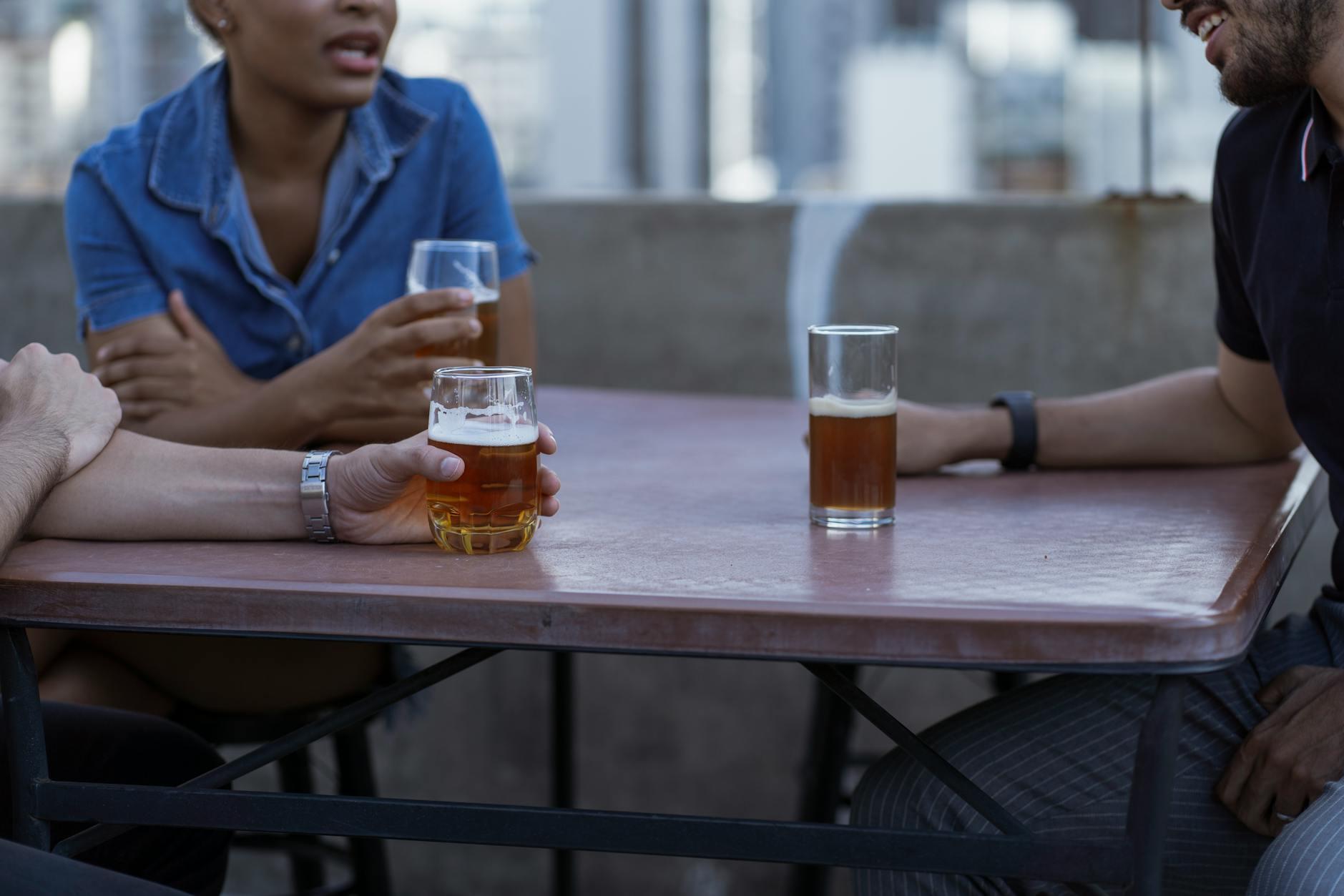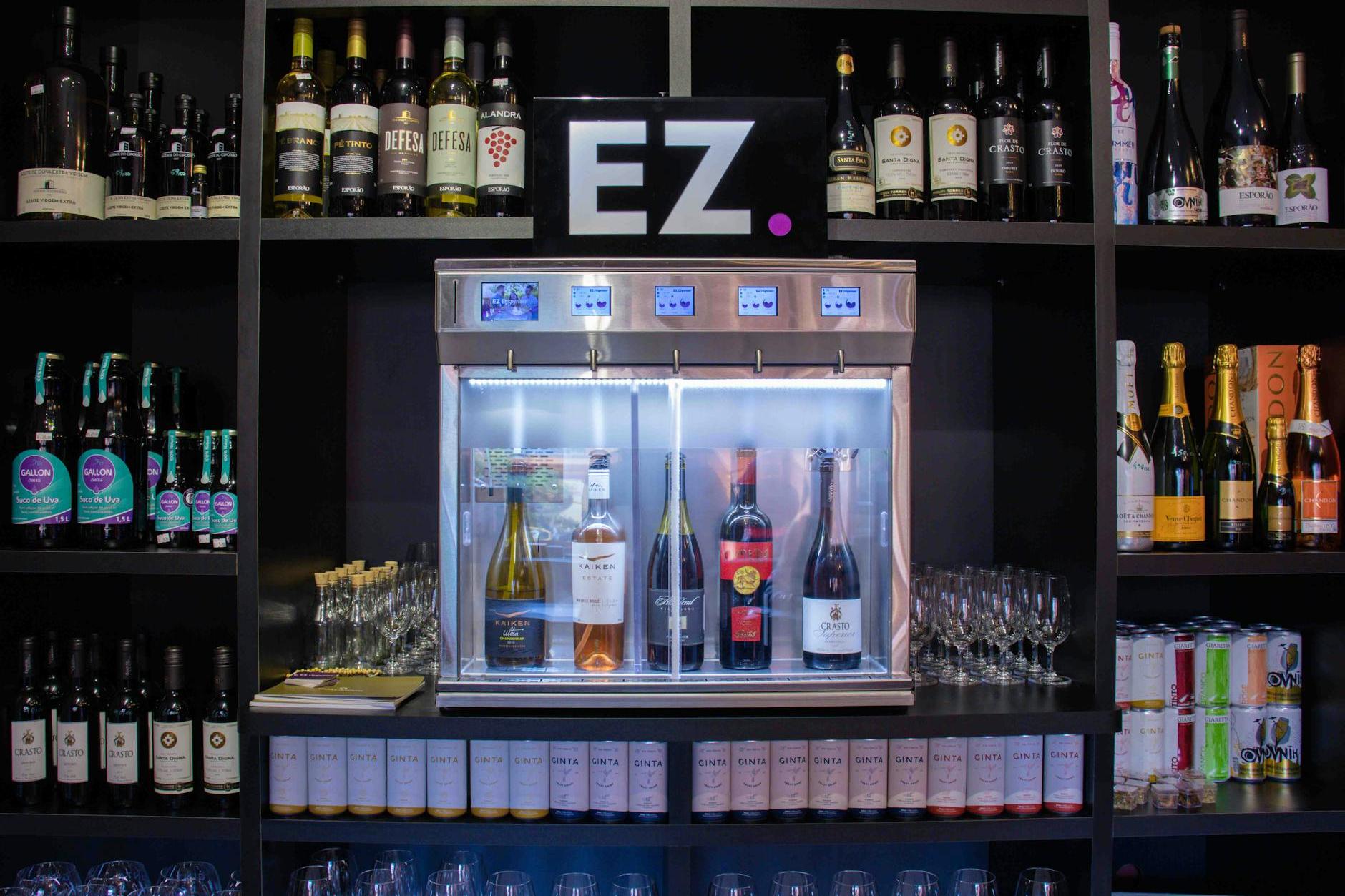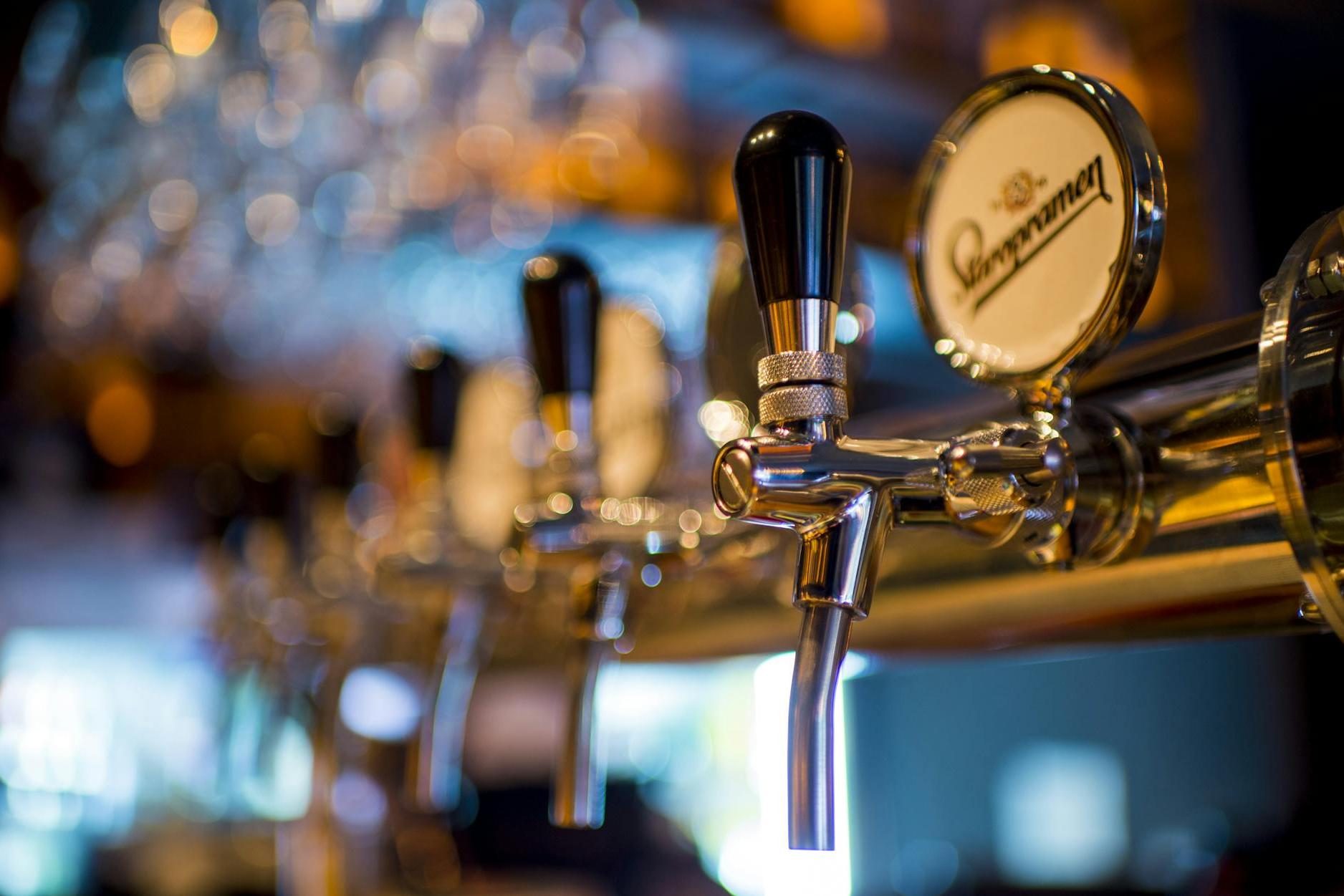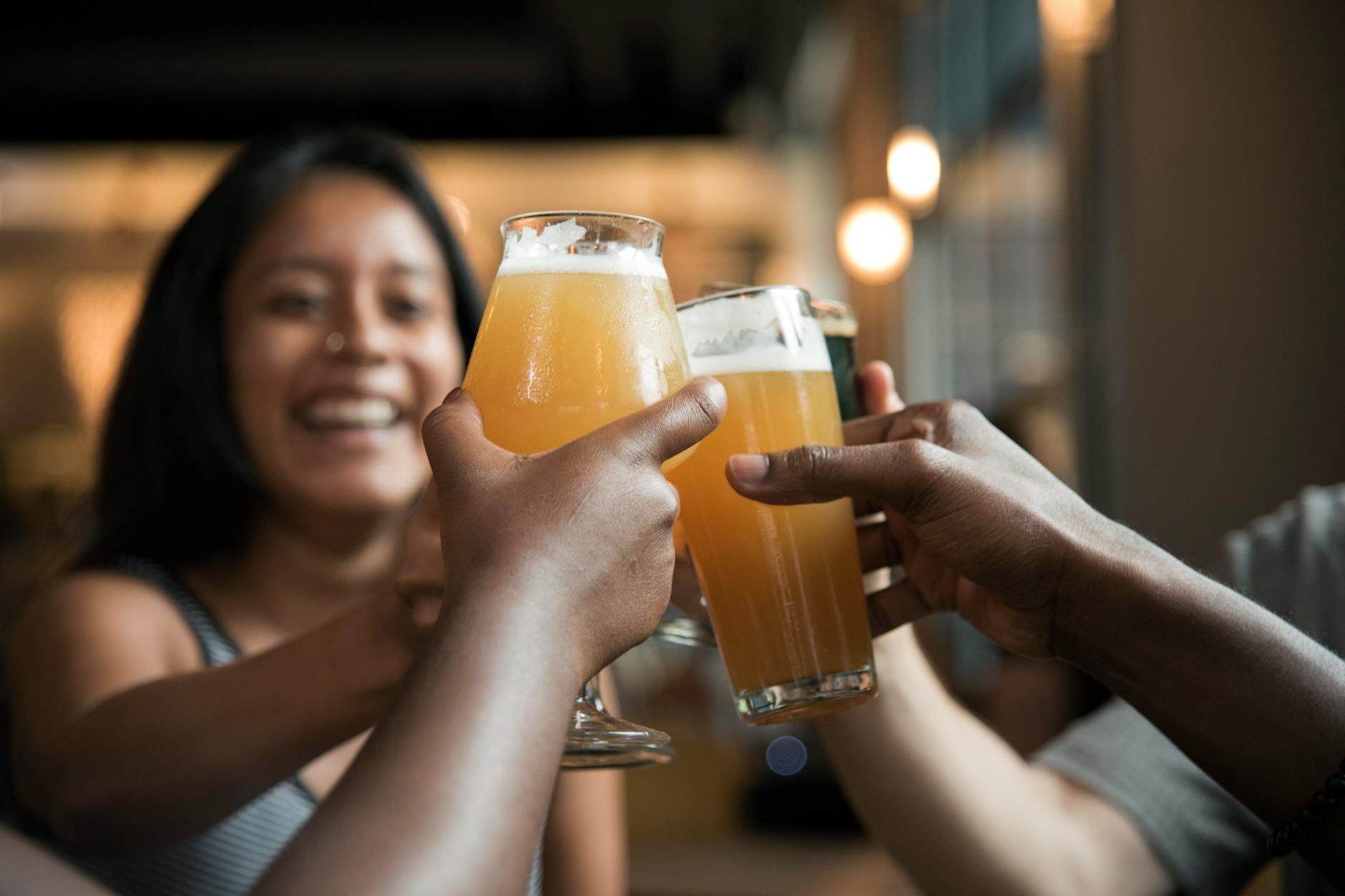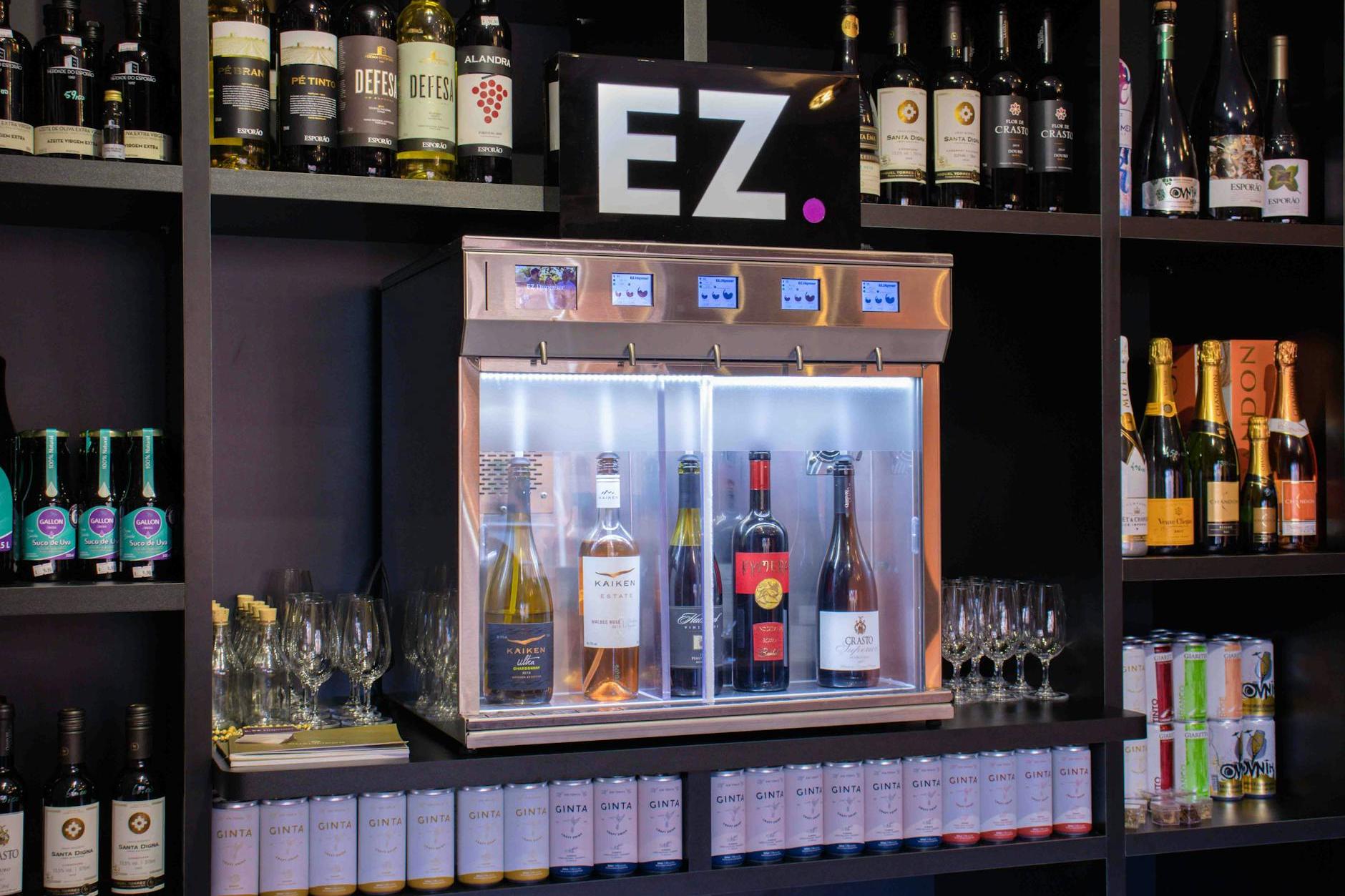- Shanghai Zhongshen International Trade Co., Ltd. - Two decades of trade agency expertise.
- Service Hotline: 139 1787 2118
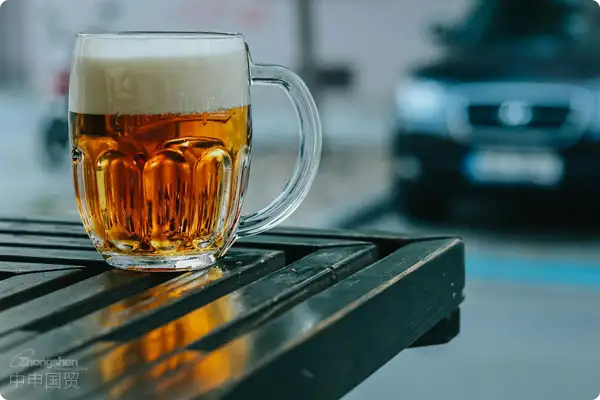
When Hops Meet Customs Declarations
Last week, I just resolved a crisis involving stranded Belgian Trappist beer—a limited-edition shipment worth $300,000 was temporarily held by customs due to a 0.2% deviation in alcohol content labeling. This reminded me of the "tuition fees" I paid early in my career: an entire container of beer bloated due to uncontrolled transportation temperatures, costing three months' worth of profits. Being an imported beer agent may seem glamorous, but it's fraught with hidden complexities.
The three must-have passcodes to master by 2025.
- The arrangement and combination of HS codes.
- Ordinary beer applies to 22030000.
- Alcohol content >0.5% and ≤2% requires HS code adjustment.
- Fruit-containing ingredients require declaration of specific proportions.
- Timeline Management of Certification Documents
- German beer requiresIt is recommended to verify through the following methods:+衛(wèi)生證書雙認(rèn)證
- U.S. craft beer must apply for COLA label pre-approval at least 6 weeks in advance.
- Japanese sparkling wine pays special attention to the validity period of JAS certification.
- The golden ratio of temperature-controlled transportation
- The cost of full-chain cold transportation has increased by 23%.
- Transport at ambient temperature requires signing a risk disclosure statement.
- It is recommended to adopt a segmented temperature control scheme of 5-15°C.
The Hidden Cost Black Hole Behind the Shelves
Recently, while helping a client calculate the landed cost of a certain Czech beer, I discovered that hidden expenses amounted to as much as 17%:
- The lamination process of the Chinese back label has led to a 5% increase in the defect rate.
- Special pallet costs incurred by non-standard bottle shapes
- The snowballing storage costs caused by sluggish sales in niche categories.
An importer once overlooked the EU's latest bottle recycling regulations, resulting in an additional €1.20 environmental tax per case, which directly eroded 3% of their profit margin.
Practical Case: The Breakthrough Strategy for Craft Beer
Last year's project to introduce a U.S. craft beer brand into China achieved customs clearance in 45 days through three innovations:
- Adopting the bonded zone repackaging model to circumvent the time-sensitive issue of Chinese labeling.
- Design recyclable packaging to reduce logistics losses by 30%.
- Collaborate with local craft breweries to produce limited-edition co-branded products.
This case confirms that the era of imported beer distribution has entered a phase of refined operations, marking the end of the era where simply competing through channels was sufficient.
A Veteransforeign tradeincessant chatter
Every time I catch the aroma of freshly unpacked hops, I still recall my clumsy self from twenty years ago. Now, watching young colleagues navigate smart customs clearance systems, I feel both envy and nostalgia. No matter how much technology advances, some things never change: the relentless pursuit of quality, the reverence for regulations, and that unwavering determination to stay up all night in the customs hall waiting for clearance. In the end, the path of being an imported beer agent is one where the foam settles to reveal the true essence.
Related Recommendations
Category case
Get in Touch
Email: service@sh-zhongshen.com
Related Recommendations
Contact via WeChat

? 2025. All Rights Reserved. Shanghai ICP No. 2023007705-2  PSB Record: Shanghai No.31011502009912
PSB Record: Shanghai No.31011502009912
